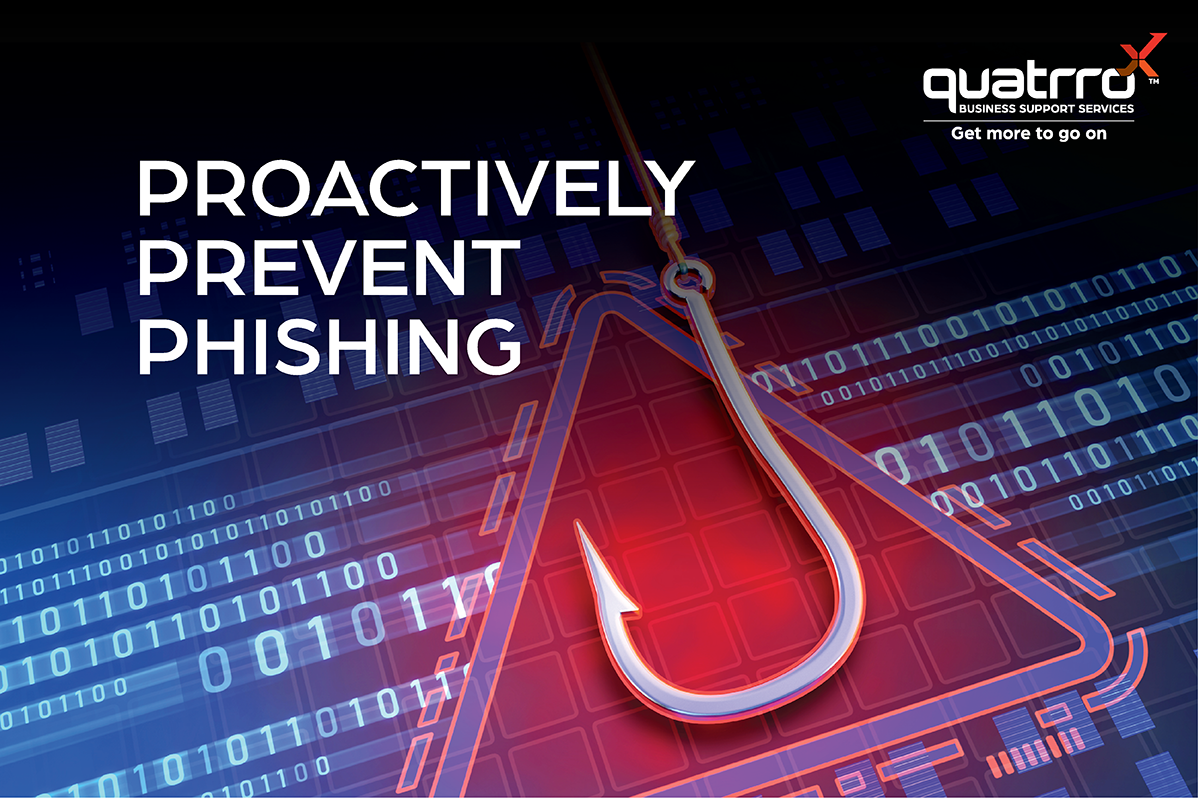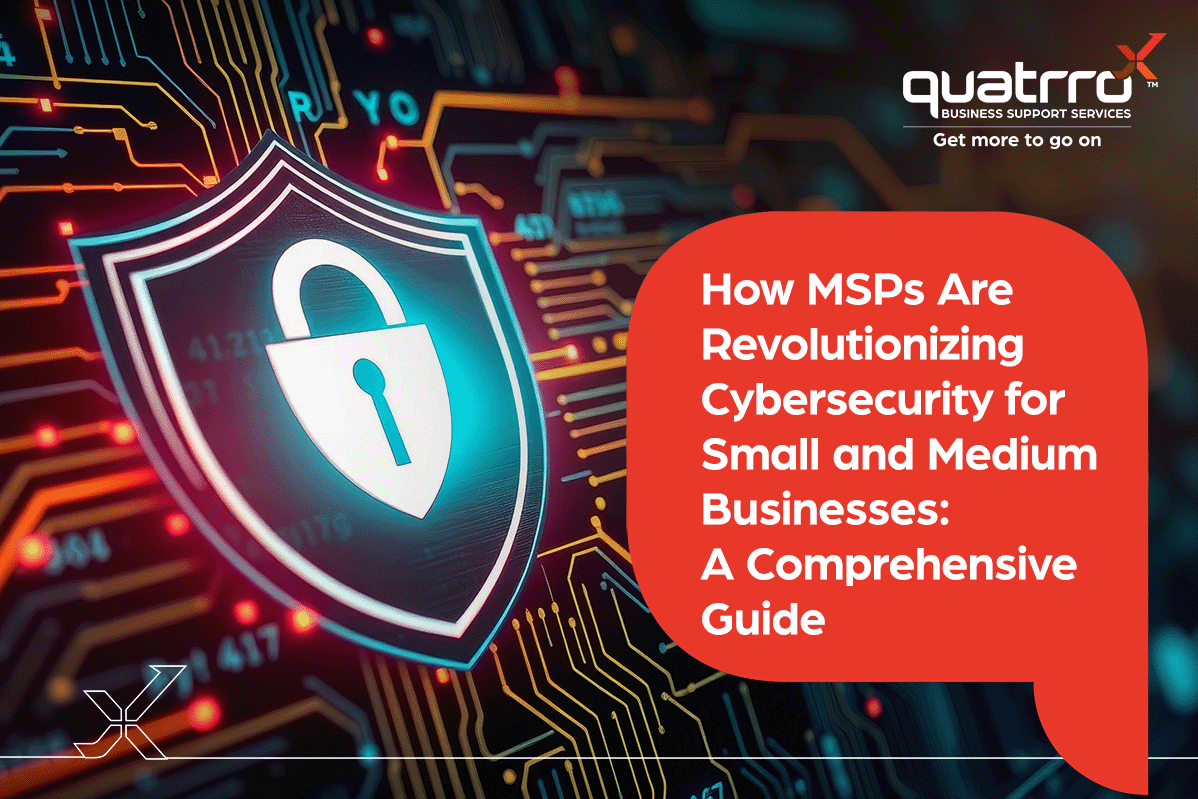August 17, 2022

“Phishing Attacks” one of the biggest cyber threats most organizations are facing these days. Over 80% of organizations were attacked by phishing last year, according to Proofpoint’s 2021 State of the Phish Report, and per analysis by Checkpoint, “email phishing” accounts for 44% of all phishing assaults, with “web phishing” coming in at a close second.
It never ceases to amaze, that despite knowing what phishing is and how it operates, how many of us continue to fall for it. That’s because cyber criminals are getting savvier each day at how to entice us to click where, ultimately, we do know we shouldn’t.
What is phishing?
Phishing is a form of social engineering assault that is frequently employed to obtain user information, such as login passwords and credit card details. It happens when an attacker deceives a victim into opening an email, instant message, or text message by disguising themselves as a reliable source. Next, the recipient is deceived into clicking on a dangerous link. This can cause malware to be installed on the recipient’s computer (sometimes without them even knowing right away), a ransomware assault to lock it down, or the disclosure of private data to take place.
Common indicators of a phishing attacks
- Misspelled domain name and email address – Look carefully for differences in email addresses, URLs, and domain names to spot probable phishing attacks. The sender’s address can be a fake of a real company. By changing or removing a few characters, cybercriminals frequently use an email address that nearly resembles one from a trustworthy organization to get you to trust that it is legitimate.
- Suspicious attachments – Attachments in emails are used by cyber thieves to infect a user’s device with malware and steal personal data. Extensions in the attachment such as .zip, .exe, .scr, and so on are frequently connected with malware downloads. It is recommended that recipients confirm the file as virus-free before opening it, especially if it is coming from someone you do not know.
- Emails with poor writing – A frequent indicator of a phishing email is improper spelling or grammar. An email from a reliable organization should be carefully crafted. A little-known fact is that incorrect grammar actually serves a function to hackers. They aren’t foolish, in general, so they prey more gullible people because they believe they are less attentive and hence easier targets. Additionally, the poor spelling often helped these cybercriminals get through most email spam filters to ensure their email ended up in inboxes.
- Sense of urgency – The attackers’ strategy is often to instill a sense of urgency that demands a swift response. The fraudster anticipates that hasty reading of the email will prevent a careful, comprehensive examination of the content, allowing other phishing campaign tip-offs to go unnoticed.
- Asks for sensitive information – Credit card details, social security numbers, or passwords will never be requested via email by a legitimate company. If you receive an email that does, it’s most likely a hoax. This sort of email should always be viewed with a cautious eye. Spear phishers (see below for more information on this type of phishing) can create phony login sites that very closely resemble the genuine site and then send an email with a link that takes the receiver to the false page. If you receive a link to a login page or are informed that a payment is required immediately, it is advisable not to enter any information until you can validate that the mail is authentic.
Today’s biggest phishing trends
- Voice phishing Voice phishing, or vishing, is becoming more prevalent, and we often don’t recognize that spam phone calls might serve as the beginning of cyberattacks. In a VoIP phishing call, the person on the other end often poses as a reputable company, such as the IRS or a bank. During the call, they request that the respondent visit a website. The attacker then launches their cyberattack by using the data entered on the website. Imposters, debt relief scams, and charity scams are examples of common vishing scams.
- Spear Phishing According to a 2021 FireEye analysis, spear phishing receivers were ten times more likely than ordinary phishing email users to click on the dangerous link they were sent. Needless to say, spear phishing is on the rise. According to Proofpoint, 79% of companies were the victim of spear phishing assaults. This represents a 66% increase over 2020, which is quite concerning. In spear phishing, attackers target a specific individual or group within an organization. It manipulates individuals through mails, social media, instant messaging, and other channels to reveal personal information or do activities that compromise networks, destroy data, or result in financial loss. Spear phishing aims for specific targets and requires research about the target, in contrast to most phishing techniques that employ shotgun approaches to send mass emails to arbitrary recipients.
- Social Media Phishing Attacks Social media is becoming a more popular target for phishing assaults by attackers. It is employed by attackers who want to acquire personal information to sell on the dark web or obtain access to account details. According to research by Proofpoint, social media phishing assaults were directed at 74% of enterprises. That is a 13% increase from 2020.
Wrap up
Phishing is one of the most prevalent, effective, and damaging forms of cyber assaults that hackers may use to gain access to accounts, steal data, and swindle your business. The fact that thousands of people fall prey to them each year makes them an extremely lucrative attack strategy for hackers. Fortunately, the good news is that while phishing scams are so widespread and growing in prevalence, you can avoid them if you remain vigilant, know what to look for and steer clear of them.







